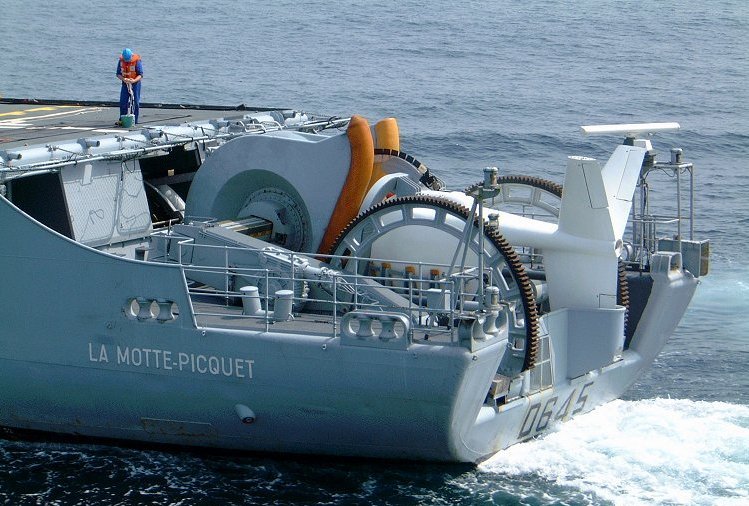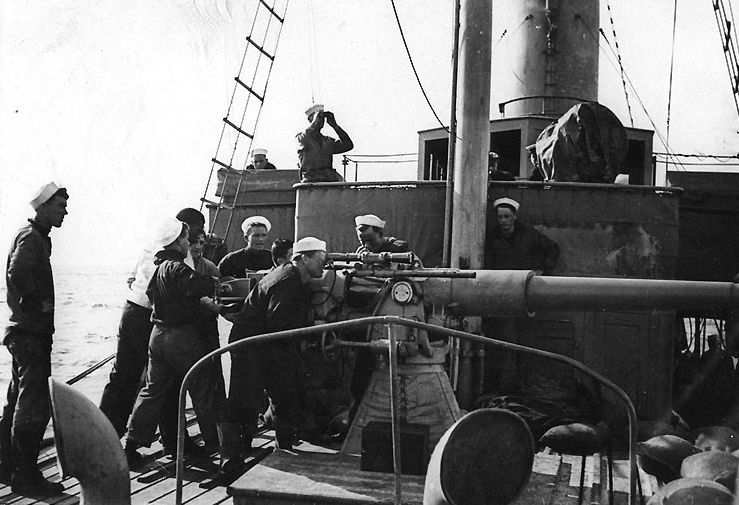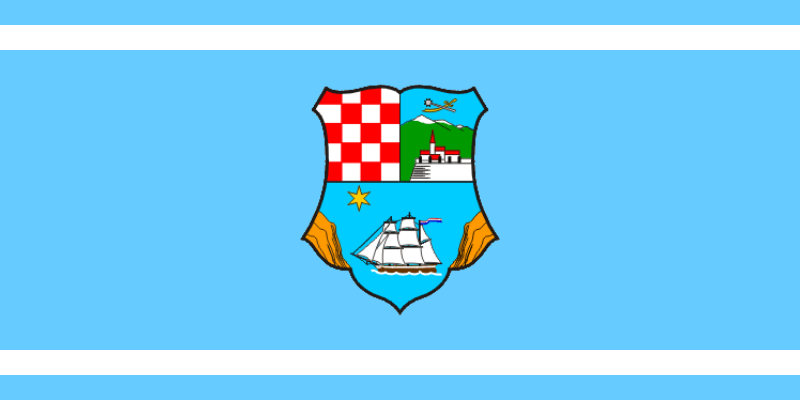|
Mornar-class Corvettes
The ''Mornar'' class consisted of two large patrol boats built for the Yugoslav Navy ( sh, Jugoslavenska ratna mornarica – JRM) by the Tito's Shipyard in Kraljevica during the late 1950s and early 1960s. The boats were based on the ''Udarnik'' (PBR-581), a French-built ''Le Fougueux''-class submarine chaser acquired in 1956. Both boats had an uneventful career and were deleted in 1992. Description and construction The ''Mornar'' class consisted of just two boats: ''Mornar'' (PBR-551) which was laid down in 1957, launched in 1958 and commissioned on 10 September 1959, followed by ''Borac'' (PBR-552) which was laid down in 1964 and launched and commissioned in 1965. The class was based on the ''Udarnik'' (PBR-581), a French-built submarine chaser of the ''Le Fougueux''-class, which was acquired by Yugoslavia in 1956. The boats measured in length with a beam and a draught of . Standard displacement measured while fully loaded they displaced . Propulsion consisted of four ... [...More Info...] [...Related Items...] OR: [Wikipedia] [Google] [Baidu] |
Kraljevica Shipyard
Kraljevica Shipyard is a shipbuilder at Kraljevica, on the Adriatic The Adriatic Sea () is a body of water separating the Italian Peninsula from the Balkans, Balkan Peninsula. The Adriatic is the northernmost arm of the Mediterranean Sea, extending from the Strait of Otranto (where it connects to the Ionian Sea) ... coast of Croatia. The shipyard was founded in 1729 and is claimed to be the oldest continuously operational shipyard in the world. The shipyard has been operating under the name ''DALMONT d.o.o.'' since 1992''.'' The government of Croatia has repeatedly attempted to privatise the shipyard, most recently in November 2010. The company was forced into bankruptcy proceedings by the Croatian government in March 2012. Vessels The shipyard has produced a variety of commercial ships, military vessels, and superyachts. In 2009, Kraljevica Shipyard constructed the JoyMe, a 49.9 metre yacht. In 2010, the shipyard agreed to build two large trawlers for Russian clients. ... [...More Info...] [...Related Items...] OR: [Wikipedia] [Google] [Baidu] |
SEMT Pielstick
SEMT Pielstick was a French company that designed and built large diesel engines. Its full name was (Company of Thermal Machines Studies). Founded in 1948, SEMT was bought by MAN Diesel in 2006 During its existence as an independent company, SEMT manufactured engines for locomotives, naval vessels, power plants, and merchant ships. Its customers included France, the United States, Russia, India and other countries. History SEMT. was created in 1946 by France's ministry for industrial production by combining five national companies: * ( Saint-Nazaire), * ( La Courneuve) * (Le Havre) * (Nantes) * ( Denain) The aim of the new company was to develop new engines in France that could be licensed internationally. In 1948, the first licenses were supplied to licensed engine building companies worldwide. In 1951, after its relocation at La Courneuve, the was equipped with the first test beds. The equipment, which enabled the company to speed up the development of ... [...More Info...] [...Related Items...] OR: [Wikipedia] [Google] [Baidu] |
Jane's Information Group
Jane's Information Group, now styled Janes, is a global open-source intelligence company specialising in military, national security, aerospace and transport topics, whose name derives from British author Fred T. Jane. History Jane's Information Group was founded in 1898 by Fred T. Jane, who had begun sketching ships as an enthusiast naval artist while living in Portsmouth. This gradually developed into an encyclopedic knowledge, culminating in the publishing of ''All the World's Fighting Ships'' (1898). The company then gradually branched out into other areas of military expertise. The books and trade magazines published by the company are often considered the ''de facto'' public source of information on warfare and transportation systems. Based in Greater London for most of its existence, the group was owned by the Thomson Corporation, The Woodbridge Company, then IHS Markit, before being acquired by Montagu Private Equity in 2019. Description The company name is o ... [...More Info...] [...Related Items...] OR: [Wikipedia] [Google] [Baidu] |
Miroslav Krleža Institute Of Lexicography
The Miroslav Krleža Institute of Lexicography ( hr, Leksikografski zavod Miroslav Krleža or LZMK) is Croatia's national lexicographical institution. Based in Zagreb, it was originally established in 1950 as the national lexicographical institute of the Socialist Federal Republic of Yugoslavia. It was renamed after its founder, the Croatian writer Miroslav Krleža, in 1983. History The institute was founded in 1950 as the Lexicographical Institute of the Federal People's Republic of Yugoslavia (''Leksikografski zavod FNRJ'') and was renamed the Yugoslav Lexicographical Institute (''Jugoslavenski leksikografski zavod'', ''JLZ'') in 1964. Its founder and longtime director was writer Miroslav Krleža, with Mate Ujević as the chief editor. It was based in Zagreb, with branches in Ljubljana and Belgrade. After Krleža's death in 1981, the institute was renamed as the Yugoslav Lexicographical Institute "Miroslav Krleža" (''Jugoslavenski leksikografski zavod "Miroslav Krleža ... [...More Info...] [...Related Items...] OR: [Wikipedia] [Google] [Baidu] |
United States Naval Institute
The United States Naval Institute (USNI) is a private non-profit military association that offers independent, nonpartisan forums for debate of national security issues. In addition to publishing magazines and books, the Naval Institute holds several annual conferences. The Naval Institute is based in Annapolis, Maryland. Established in 1873, the Naval Institute claimed "almost 50,000 members" in 2020, mostly active and retired personnel of the United States Navy, Marine Corps, and Coast Guard. The organization also has members in over 90 countries. The organization has no official or funding ties to the United States Naval Academy or the U.S. Navy, though it is based on the grounds of the Naval Academy through permission granted by a 1936 Act of Congress. History The U.S. Naval Institute was formed on October 9, 1873 by fifteen naval officers gathered at the U.S. Naval Academy's Department of Physics and Chemistry building in Annapolis to discuss, among other topics, the im ... [...More Info...] [...Related Items...] OR: [Wikipedia] [Google] [Baidu] |
Sonar
Sonar (sound navigation and ranging or sonic navigation and ranging) is a technique that uses sound propagation (usually underwater, as in submarine navigation) to navigate, measure distances ( ranging), communicate with or detect objects on or under the surface of the water, such as other vessels. "Sonar" can refer to one of two types of technology: ''passive'' sonar means listening for the sound made by vessels; ''active'' sonar means emitting pulses of sounds and listening for echoes. Sonar may be used as a means of acoustic location and of measurement of the echo characteristics of "targets" in the water. Acoustic location in air was used before the introduction of radar. Sonar may also be used for robot navigation, and SODAR (an upward-looking in-air sonar) is used for atmospheric investigations. The term ''sonar'' is also used for the equipment used to generate and receive the sound. The acoustic frequencies used in sonar systems vary from very low ( infrasonic) to ex ... [...More Info...] [...Related Items...] OR: [Wikipedia] [Google] [Baidu] |
Tivat
Tivat (, ) is a coastal town in southwest Montenegro, located in the Bay of Kotor. , its population was 9,367. Tivat is the centre of Tivat Municipality, which is the smallest municipality by area in Montenegro. Name In Serbian and Montenegrin language the town is known as ''Tivat'' (Тиват); in Italian and Venetian as ''Teodo''; the name of the city is derived either from the name of Illyrian Queen Teuta who ruled the region in 3rd Century BC, or from the Greek word "Θείοδος" (''Theiodos'' meaning "way of God"). History According to legend, ''Tivat'' is derived from Illyrian queen Teuta. Teuta had a residence in Rhizon and a summer residence between the church of St. Rocco in Donja Lastva and Seljanovo. The name could also come from the names of old Christian saints: Saint Theodulus, Theodocius or Theodotus. Besides the popular name Theudo, a Latin expression Latus Tiuveti comes from the 16th century. Finally, the name could originate from Celtic word "touto" ... [...More Info...] [...Related Items...] OR: [Wikipedia] [Google] [Baidu] |
Depth Charge
A depth charge is an anti-submarine warfare (ASW) weapon. It is intended to destroy a submarine by being dropped into the water nearby and detonating, subjecting the target to a powerful and destructive hydraulic shock. Most depth charges use high explosive charges and a fuze set to detonate the charge, typically at a specific depth. Depth charges can be dropped by ships, patrol aircraft, and helicopters. Depth charges were developed during World War I, and were one of the first viable methods of attacking a submarine underwater. They were widely used in World War I and World War II, and remained part of the anti-submarine arsenals of many navies during the Cold War, during which they were supplemented, and later largely replaced, by anti-submarine homing torpedoes. A depth charge fitted with a nuclear warhead is also known as a " nuclear depth bomb". These were designed to be dropped from a patrol plane or deployed by an anti-submarine missile from a surface ship, or a ... [...More Info...] [...Related Items...] OR: [Wikipedia] [Google] [Baidu] |
3"/50 Caliber Gun
The 3"/50 caliber gun (spoken "three-inch fifty-caliber") in United States naval gun terminology indicates the gun fired a projectile in diameter, and the barrel was 50 calibers long (barrel length is 3 in × 50 = ). Different guns (identified by Mark numbers) of this caliber were used by the U.S. Navy and U.S. Coast Guard from 1890 through to 1994 on a variety of combatant and transport ship classes. The gun is still in use with the Spanish Navy on ''Serviola''-class patrol boats. Early low-angle guns The US Navy's first 3"/50 caliber gun (Mark 2) was an early model with a projectile velocity of per second. Low-angle (single-purpose/non-anti-aircraft) mountings for this gun had a range of 7000 yards at the maximum elevation of 15 degrees. The gun entered service around 1900 with the s, and was also fitted to s. By World War II these guns were found only on a few Coast Guard cutters and Defensively Equipped Merchant Ships. Low-angle 3"/50 caliber guns (Marks 3, ... [...More Info...] [...Related Items...] OR: [Wikipedia] [Google] [Baidu] |
Diesel Engine
The diesel engine, named after Rudolf Diesel, is an internal combustion engine in which ignition of the fuel is caused by the elevated temperature of the air in the cylinder due to mechanical compression; thus, the diesel engine is a so-called compression-ignition engine (CI engine). This contrasts with engines using spark plug-ignition of the air-fuel mixture, such as a petrol engine ( gasoline engine) or a gas engine (using a gaseous fuel like natural gas or liquefied petroleum gas). Diesel engines work by compressing only air, or air plus residual combustion gases from the exhaust (known as exhaust gas recirculation (EGR)). Air is inducted into the chamber during the intake stroke, and compressed during the compression stroke. This increases the air temperature inside the cylinder to such a high degree that atomised diesel fuel injected into the combustion chamber ignites. With the fuel being injected into the air just before combustion, the dispersion of the fuel is ... [...More Info...] [...Related Items...] OR: [Wikipedia] [Google] [Baidu] |
Submarine Chaser
A submarine chaser or subchaser is a small naval vessel that is specifically intended for anti-submarine warfare. Many of the American submarine chasers used in World War I found their way to Allied nations by way of Lend-Lease in World War II. Submarine chaser variants U.S. Navy submarine chasers were designed specifically to destroy German submarines in World War I, and Japanese and German submarines in World War II. The small SC-1-class submarine chasers of the design used in World War I carried the hull designator SC (for Submarine Chaser). Their main weapon was the depth charge. They also carried machine guns and anti-aircraft guns. The similar-sized SC-497-class was built for World War II. Also in World War II, larger PC-461-class submarine chasers used the PC hull classification symbol (for Patrol, Coastal).Gardiner and Chesneau, pp. 71, 152-154 Class relationships: * 438 (98t, wooden hull) * 343 (450t, steel hull) * 68 (850t, steel hull) ** used in sim ... [...More Info...] [...Related Items...] OR: [Wikipedia] [Google] [Baidu] |
Kraljevica
Kraljevica (known as ''Porto Re'' in Italian and literally translated as "King's cove" in English) is a town in the Kvarner region of Croatia, located between Rijeka and Crikvenica, approximately thirty kilometers from Opatija and near the entrance to the bridge to the island of Krk. The population of the settlement of Kraljevica itself is 2,857 with a total of 4,618 in the area of the Town of Kraljevica, which is part of Primorje-Gorski Kotar County, and includes Šmrika. The town is known for its shipyard which has built a number of ships for the Croatian navy. History Kraljevica is a town that was written about as early as the 13th century. Today, in addition to having the oldest shipyard on the Adriatic, Kraljevica's skyline is dominated by two medieval castles and a church of the Croatian nobles Zrinski and Frankopan. Kraljevica's shipyard employed Josip Broz Tito Josip Broz ( sh-Cyrl, Јосип Броз, ; 7 May 1892 – 4 May 1980), commonly known as Tito (; ... [...More Info...] [...Related Items...] OR: [Wikipedia] [Google] [Baidu] |







